
Hands on Review: Wort Hog Turnkey Electric e-BIAB System
This review is by Homebrew Finds Contributor Brad Probert. Brad is an engineer, expert homebrewer and experienced reviewer. Grab a link to Brad’s website at the end of this review.
Wort Hog 120V eBIAB System
When it comes to electric Brew In A Bag (eBIAB) systems, there are several choices out there. I’ve tried both 240 Volt and 120 Volt systems. While I love the speed of heating water/wort on the 240V systems, I don’t love the constraints/expense of wiring a 240V plug in a convenient place. The 1500 Watt and 1600 Watt eBIAB units out there are good, but they do lack when it comes to speed of heating strike water or getting a really vigorous boil. The Wort Hog 120V system slides into this niche with the convenience of a 120V system, but using a 2250W Blichmann heating element to give a notable boost.
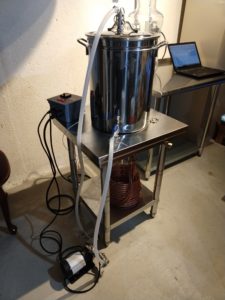
Also Consider… BrewZilla!
BrewZilla and DigiBoil at MoreBeer
System Overview
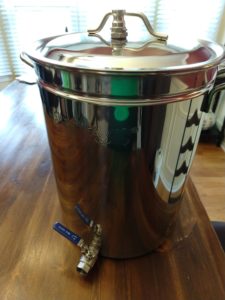
The Wort Hog Turn Key System via High Gravity Fermentations Supplies uses a Bayou Classic 11-gallon kettle. I’d never seen a Bayou Classic kettle in person before, and I’ll admit I had a pre-conceived opinion of them. I thought of them as “cheap turkey fryers” based on their low price and marketing, but I found my baseless opinion was completely off. This 11-gallon kettle has a super shiny, polished exterior, but most importantly it was made of a very robust thick gauge stainless steel. With high quality, clean welds, this baby is certainly going to live up to wear and tear for a long time, and cleaned up very easily.
This article contains affiliate links. We may make a small percentage if you use our links to make a purchase. You won’t pay more and you’ll be supporting Homebrew Finds and more content like this. Thank you for your support!
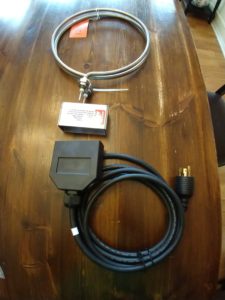
The heat is delivered via the Blichmann Boil Coil, with the aforementioned 2250W element. This coils around in a spiral pattern to create a double stack of the heating element around most of the inner circumference of the pot. You’ll see listed on a lot of heating elements words like “low watt density”, and the Boil Coil is no different. You don’t see data on these elements to really be able to compare them. But in concept, the longer the length or the larger the surface area of your coil that’s in contact with the wort, the cooler the element will be. If you’re passing a lot of power through a small element, it will get really hot. That’s when you run the risk of burning things in your wort and giving some undesired burnt flavors. So seeing the multiple loops of coil on this 2250W element is a good thing.
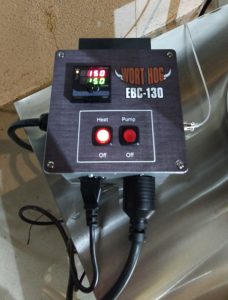
The controller is a custom-built High Gravity controller. It comes with a stainless temperature probe that inserts toward the bottom of the kettle, and ducks in between 2 coils of the Boil Coil so as to ensure it’s monitoring the hottest part of your wort, but not too close. The controller has two operating modes- “mash” and “boil”. In mash mode, the little dial knob allows you to set the target temperature and the PID controller adjusts output to the heating element to avoid overshoots, and maintain temperature once the target is reached. Boil mode allows you to adjust the power output from 0 – 100%. The controller is housed in a high strength sealed ABS plastic box, keeping it light but still durable.
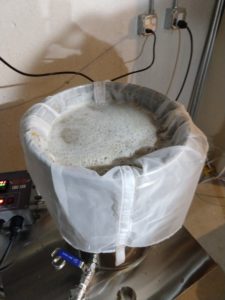
The Bayou Classic kettle comes with a basket (presumably designed for lowering or raising your turkey out of the hot oil) that in use in an eBIAB system serves the function of keeping your mesh mash bag held up away from the heating element. It comes with a 15-gallon mesh bag from BrewBag. The bag, filled with crushed grain, sits inside the stainless basket for mashing. When your mash is over, you raise the bag & basket out to either let it just drain, or pour sparge water through it.
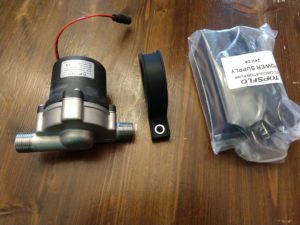
Recirculation of wort during the mash is handled by a TopsFlo pump as a base option, or there’s an upgrade option to the Blichmann RipTide pump. The pump plugs into the Wort Hog Controller, and then you have easy on/off control with a simple switch on the controller. The pump is connected with ½” ID high temp silicone tubing, making use of cam lock quick connect fittings. The pump inlet is fed from a ball lock valve located super low on the kettle, and the pump outlet feeds into the lid. In the lid is a fancy corkscrew stainless fitting that helps disperse any recirculating wort into a spray pattern on top of the grain bed.
Hands on Review
I’ve long wanted to get my hands on a higher power output 120V electric unit. It seems like the assumption is if you’re brewing on 120V, you want to use it anywhere you have an outlet in your house, no matter what’s on that same circuit. So they keep the 120V systems simple and dumb it down so you have lots of headroom on a basic 15A breaker and don’t have to deal with tripping the breaker. But a 20A 120V circuit is cheap and easy to set up, so that’s what I did. And with a 2250W element pulling almost 19A, I was satisfied this would get me the full potential of 120V. I certainly was not disappointed.
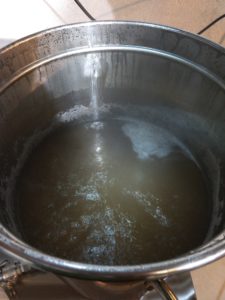 Rolling boil with the Wort Hog
Rolling boil with the Wort Hog
I’ve used several systems with the 1500W and 1600W 120V elements and I found that roughly I’d get about 1 degree per minute when stepping to my target mash temperture. With the Wort Hog 2250W coil, I was averaging 2 degrees per minute. Sounds small, but cutting these rise times in half is significant. And once I got to a boil, it pumped out a vigorous boil with just under 1 gallon/minute boil off rate, compared to about 0.65 gallons/minute boil off with 1500 & 1600W systems. Again, a notable and quantifiable difference in boil intensity.

The controller almost seemed too simplistic at first glance. It has a dual digital temperature display with a rotary adjustment knob, and then the on/off switches for the heater and for the pump. When using it, you quickly realize that’s all you need at your fingertips. There are control setting adjustments and timers available inside a menu of the digital temperature display, but you don’t need or want those in your way while brewing. The rotary knob was almost elegant in its simplicity. Rather than a digital button you have to push and release 20 times when raising your mash step temperature by 20 degrees, you just spin the knob to your target temperature, and press the knob in once. Fast and easy. The controller errs on the conservative side and I didn’t have any temperature overshoots at all. On multi-step mashes, the 2250W would cover vast amounts of ground quickly, and then you’d have to wait a bit as it approached and backed away from the target temp a few times when it got within about 3 degrees of the target.
When the mash is done and it’s time to boil, you just push the knob in, turn the dial to select “boil mode”, and push it again, and you’ve now changed from operating in a target temperature mode to % coil output mode. Spin the dial up to 100% and you’re off to the races. If you’re doing a small batch and you find 100% to be too aggressive of a boil, you can dial it back to 95%, 90%, or whatever you feel like.
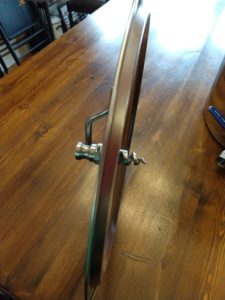
Mash recirculation worked well, but did take some adjustments. The corkscrew fitting in the lid where the recirculating wort comes out makes a really cool, nice spray pattern. The only problem is needs a pretty high flow rate to make that nice pattern. So it looks sweet while recirculating and heating your strike water, but I found that high of a flow rate when recirculating the mash was too much. It would lead to foaming at the top of the mash and with the TopsFlo pump I had to keep an eye on things and switch the pump off every now and then to let things settle down. I had a RipTide pump so I swapped the camlock fittings over to that, and it worked much better. I could dial the flow restriction output on the pump to keep from foaming up top and starving the bottom of fluid.
During the mash, I also learned a hard lesson. Plugging my recipe into BeerSmith, it output the amount of mash water I needed to mash to get my mash thickness. The problem is, I didn’t realize just how much fluid volume fit underneath the mash basket, so my equipment set-up in BeerSmith was wrong. I had an early batch that had way too thick of a mash and then ended up burning my heating coils miserably (copper scouring pad + Bar Keepers friend worked beautifully) by draining off most of the wort during recirculation. I then measured and found there was a whole whopping 2.5 gallons that fit in the kettle before it touched the bottom of the mash basket. Plugging that into BeerSmith, the following batch went quite well and had no scorching.
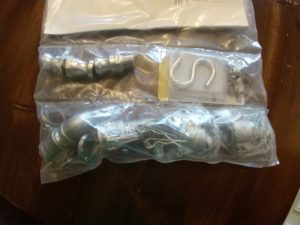 Camlock Fittings
Camlock Fittings
Among other features worth noting, the camlock quick connects worked beautifully. Not as slick as one-handed disconnects maybe, but absolutely leak-free. Which is what you want. The mesh bag + stainless basket are not as convenient for draining your mash grains or sparging as the stainless mash/malt pipes found in other electric units (if you you’re not doing full volume mash). But High Graviy came up with a simple solution of using a stainless S-hook to hook through one of the large basket holes and then hook to the pot lip to hold the grains up to let them drain.
Conclusions
Overall, the Wort Hog system performed superbly. High quality parts held up solidly through the four batches I did, and gave me confidence these will be long-lasting performers. The 2250W element delivered on exactly what I expected out of the 50% power bump with speedier heating times and notably more vigorous boil. While I was initially skeptical about the simplistic controller, the ease of the dial knob and mash/boil mode changeover completely won me over on the first batch. I do prefer the stainless malt basket solution on other eBIAB systems over the nylon mesh bag just for ease of cleaning and friendliness to sparging, but I know many people happily use the mesh bags for BIAB. And although the TopsFlo pump is a great performer, you’ll either want to add in some sort of output flow restrictor into your system or go for the RipTide pump option instead, so you don’t have to babysit the mash recirculation.
Also Consider… BrewZilla!
BrewZilla and DigiBoil at MoreBeer
Related:
Also Consider:
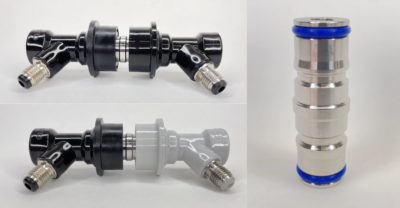 Stainless Steel Ball Lock Jumper with Food Grade Silicone O-Rings: Allows you to connect multiple ball lock runs to clean multiple lines and taps at the same time. Works with both liquid and gas QDs. Stainless Steel Ball Lock Jumper – via Valuebrew – An easy add-on… food grade o-rings, featured in our Keg Rebuild Post
Stainless Steel Ball Lock Jumper with Food Grade Silicone O-Rings: Allows you to connect multiple ball lock runs to clean multiple lines and taps at the same time. Works with both liquid and gas QDs. Stainless Steel Ball Lock Jumper – via Valuebrew – An easy add-on… food grade o-rings, featured in our Keg Rebuild Post
More Photos
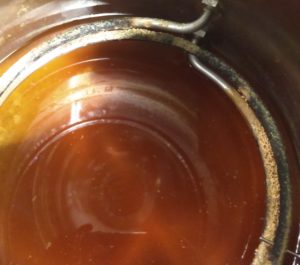 Scorched Coil Due to Low Mash Water Volume – see tip in review for figuring volumes
Scorched Coil Due to Low Mash Water Volume – see tip in review for figuring volumes
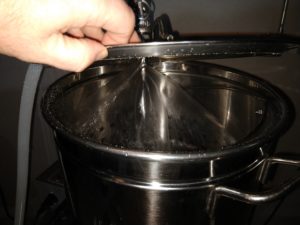 Spray pattern during high flow recirculation
Spray pattern during high flow recirculation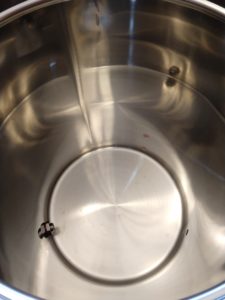 Smooth, clean and shiny surface of the Bayou Classic Kettle
Smooth, clean and shiny surface of the Bayou Classic Kettle
More Homebrew Finds!
- Last 50 Finds!
- Top Deals – a curated list of the best deals
- Homebrew Reviews – one of the largest libraries of homebrew reviews in existence!
- Our Top Posts – tips, how-tos, resources posts and more
Special Thanks to High Gravity Fermentation Supply for providing the unit used for evaluation in this review.
Check out Brad’s website – beersnobby.com
pinnedThis post may contain affiliate links. We may make a commission when you use our links. This will never cost you extra. Thank you for supporting Homebrew Finds!
greatdealsMake sure the components you use are compatible and rated for your intended application. Contact manufacturer with questions about suitability or a specific application. Always read and follow manufacturer directions. review:worthog rs:7 tag:tpr
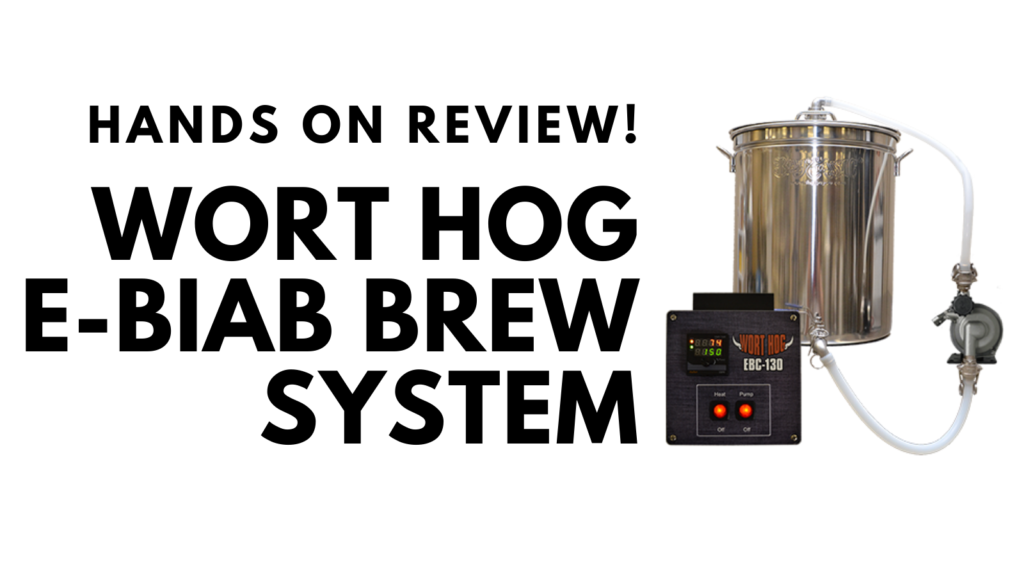

















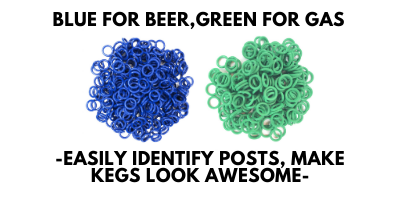









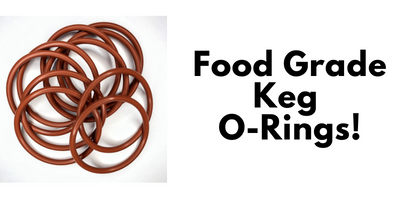

Does this need a pump to operate as a full volume BIAB? What ,if any advantages would a pump offer if mashing full volume? I’d like to move away from propane and keep things as simple and cheap as possible.
I have the 240v version and rarely use the pump for a low to medium gravity beer. Instead of using a pump I’ll just stir the mash occasionally and sometimes to a batch sparge just to make sure the wort and grain bed is homogenized. If you watch Basic Brewing Video, James uses the Worthog and rarely uses a pump.
Could you explain more on where/how to adjust for the lost mash water in Beersmith? My unit is on order and I would have completely forgotten about this had I not read your review.
Thanks for that!
There’s a section on the Mash tab or Volumes tab that says “Mash Tun Addition”. I put 2.5 gallons in there. With that, BeerSmith calculates my strike water volume based on whatever mash density I want, then it adds 2.5 gallons.
I found I’ve still had to keep an eye on things to ensure I wasn’t recirculating too quickly, or I’d risk scorching the element.
My efficiency numbers are approximate because I didn’t make volume marking stick, and the pot didn’t have volume markings. But I was seeing about 73% with a ~1.5 qt/lb grist ratio and a sparge, and ~70% with full volume mash. My sparge was simplistic, pouring about 0.75 gallons of separately heated water through at a time. It wasn’t ideal because of the holes in the basket that the grain sets in (easy to get run-off to come out through side and run down outside of kettle by accident). I also gave the bag a final good twist and compression to get the bulk of the liquid out of the grain.
Great write up, Brad.
I’ve just wrapped up a build using the Blichmann 2250 watt BoilCoil and a controller using the Auber EZBoil. I haven’t brewed with it yet and am wondering what kind of efficency you were seeing with this set-up.
Also, did you experiment at all with full volume mashes as well as sparging?
As you note, after installing the BoilCoil I’m really surprised at the volume level needed to reach the top of it. Mine sits about 4.25” from the bottom of the kettle.